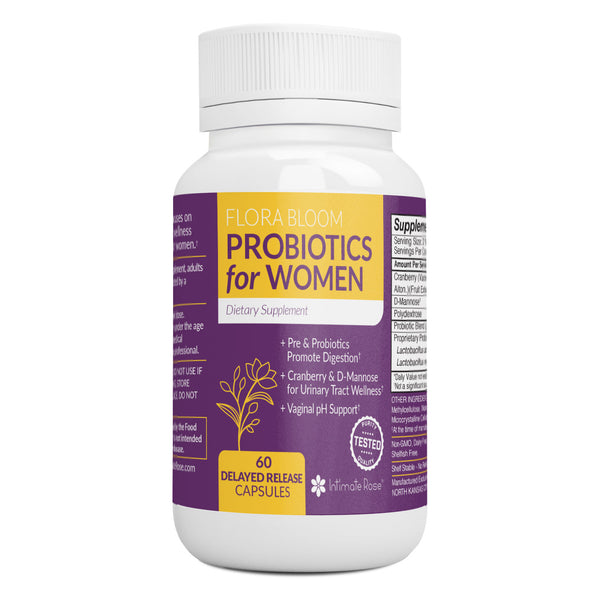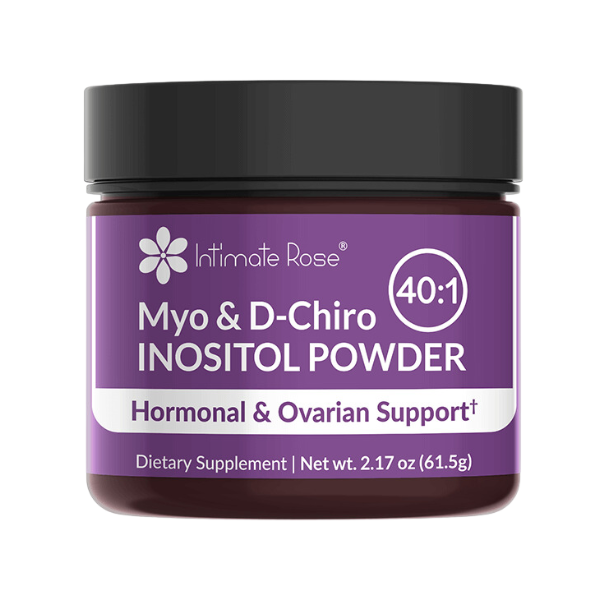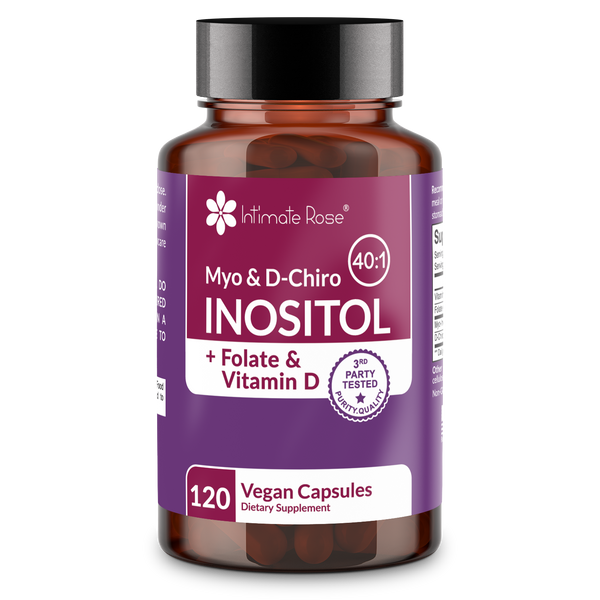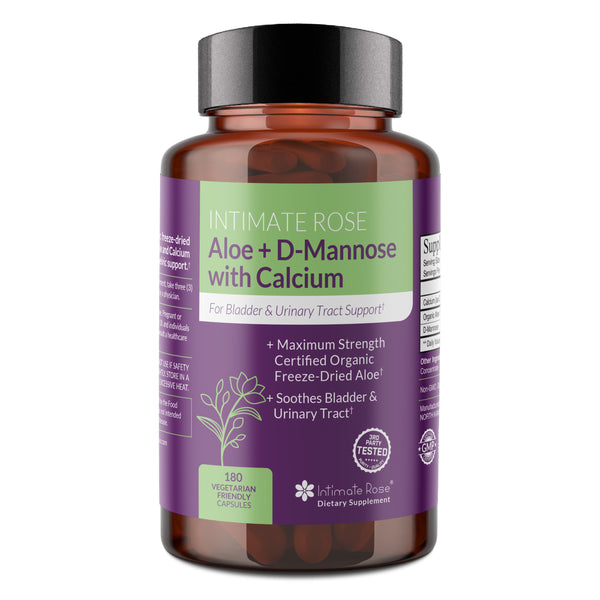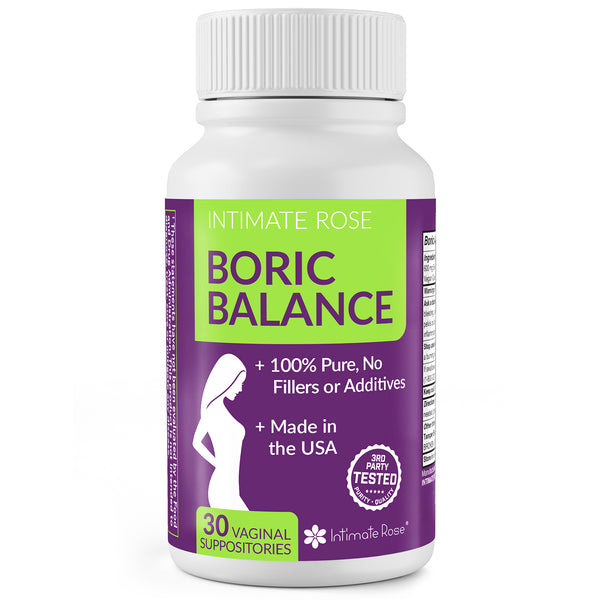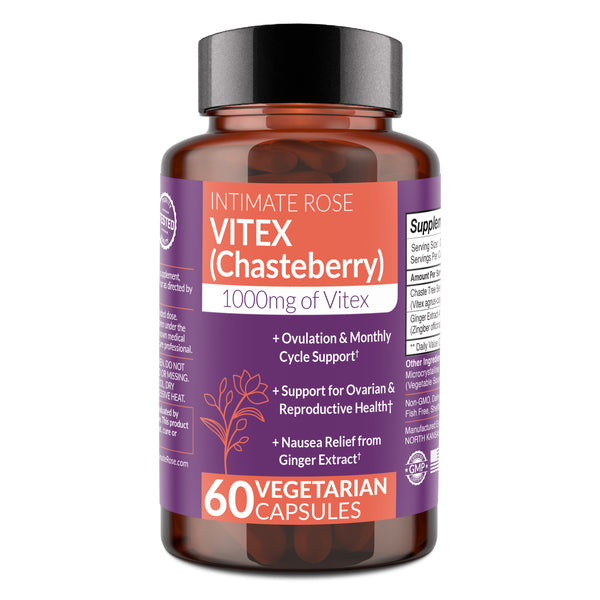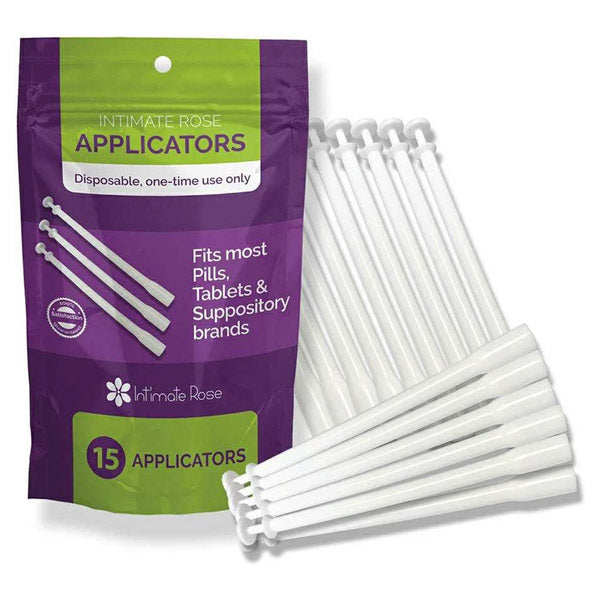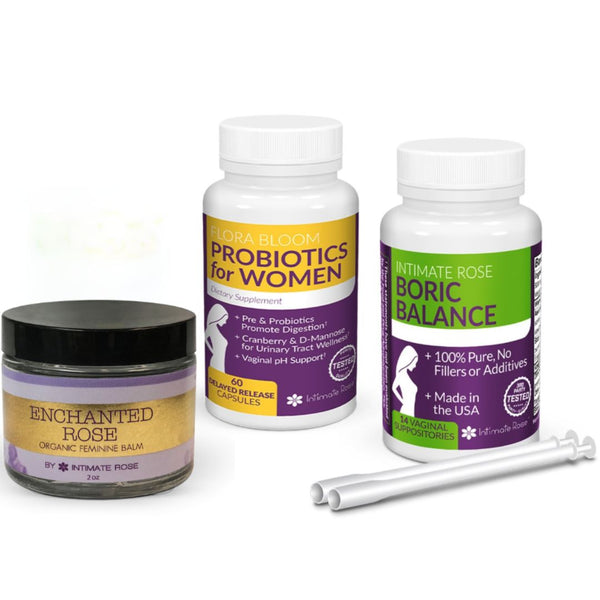Causes | Treatments | Conclusion
Causes and treatment for vaginal burning will depend on the source of the irritation. When accompanied by persistent itching, the source is usually an infection, an underlying condition, or a skin reaction.
Vaginal burning can affect the clitoris, labia, and vaginal opening. It can begin suddenly or gradually escalate over time, and it may intensify when peeing or during sex.
Common Causes of Burning Sensation in the Vagina
Vaginal burning is often caused by reactions to chemicals in everyday products like soaps or detergents, infections such as bacterial vaginosis or yeast infections, hormonal changes, sexually transmitted infections, urinary tract infections, and less commonly, skin conditions like lichen sclerosis.
1. Skin Reaction to Everyday Products or Clothing
Everyday products containing chemicals, as well as certain types of clothing, can cause skin reactions to the intimate area that result in itching and vaginal burning. A new laundry detergent that you have never used before could be the culprit, for example.
Fragranced soaps, menstrual pads, bubble bath lotions, bath oils, swimming pool disinfectants, and even scented toilet paper can also irritate the vagina.
Synthetic underwear is known to cause skin reactions around the vagina too. Pants or jeans that are too tight restrict air to the intimate areas and can also cause chaffing.
For some women tights or pantyhose are too uncomfortable to wear due to the irritation they can cause. And the more these garments are worn, the worse the irritation becomes.
2. Reaction to Vaginal Hygiene Products
Similar to using new washing detergents or soaps, new hygiene products can also be the source of vaginal burning or irritation. A new brand of tampons, for example, lubricant, condoms, vaginal creams, or sprays all contain ingredients that may be irritating for certain skin types. Vaginal douching is also widely discouraged among women’s health experts due to the irritation it can cause.
3. Bacterial Vaginosis
Bacterial vaginosis (BV) is the result of an overgrowth of certain bacteria in the vagina. According to statistics, it is the most common vaginal infection in women aged between 15 and 44, although, it is also known to affect women of any age.
Symptoms include a burning sensation during urination, itching, a grey vaginal discharge, and an unpleasant vaginal odor. The risk of infection is believed to be heightened by engaging in unprotected sex, smoking, and douching.
Things Off Down There?
4. Vaginal Yeast Infection
Caused by a fungus called Candida or Monilia, which naturally resides within the body, a vaginal yeast infection occurs when this fungus grows abundantly. The overgrowth can be due to a fungal imbalance, a weak immune system because of illness, or from taking antibiotics to treat another condition.
According to statistics, up to 75% of women experience a yeast infection at some stage in their life. As well as vaginal burning, symptoms include; itching and swelling to the vagina and vulva, pain during intercourse, a white lumpy cottage cheese-like vaginal discharge, and a red rash on the vulva.
5. Hormonal Changes
Most women experience hormonal changes during menstruation, pregnancy, perimenopause, and menopause. And these hormonal changes can sometimes lead to vaginal itching or burning.
A decrease in estrogen during perimenopause and menopause, for example, is known to result in vaginal dryness, which can manifest as vaginal itching or as vaginal burning after intercourse.
Additional symptoms of hormonal changes could include hot flashes, trouble sleeping, irritability, a drop in libido, and night sweats.
6. Urinary Tract Infection
According to studies, a urinary tract infection (UTI) is one of the most common infections in the human body. Usually caused by tiny bacteria known as microbes entering the urinary tract, UTIs can also be caused by certain fungi or viruses, although these are rare.
Symptoms normally associated with UTIs include a frequent urge to urinate, a burning sensation while urinating, and pain in the lower belly or pelvic area. In addition, urine can sometimes appear cloudy like tea, or slightly pink with blood, and emit a strong odor.
7. Sexually Transmitted Infections & Diseases
Trichomoniasis, chlamydia, and gonorrhea are some of the most common sexually transmitted diseases in the U.S. For women, symptoms of an STD can include vaginal burning & itching, unusual vaginal discharge, discomfort during sex or urination, and sometimes acute abdominal pain.
However, many women experience no symptoms at all and are unaware that they are STD carriers until a test is performed.
8. Lichen Sclerosis
Lichen Sclerosis, an uncommon skin condition that causes patchy white skin on the genitals and anus can also be a cause of vaginal burning, but this condition is very rare. Most common in women of menopausal age, additional symptoms include severe itching, ulcerated sores, redness, and pain during intercourse.
Boric Balance
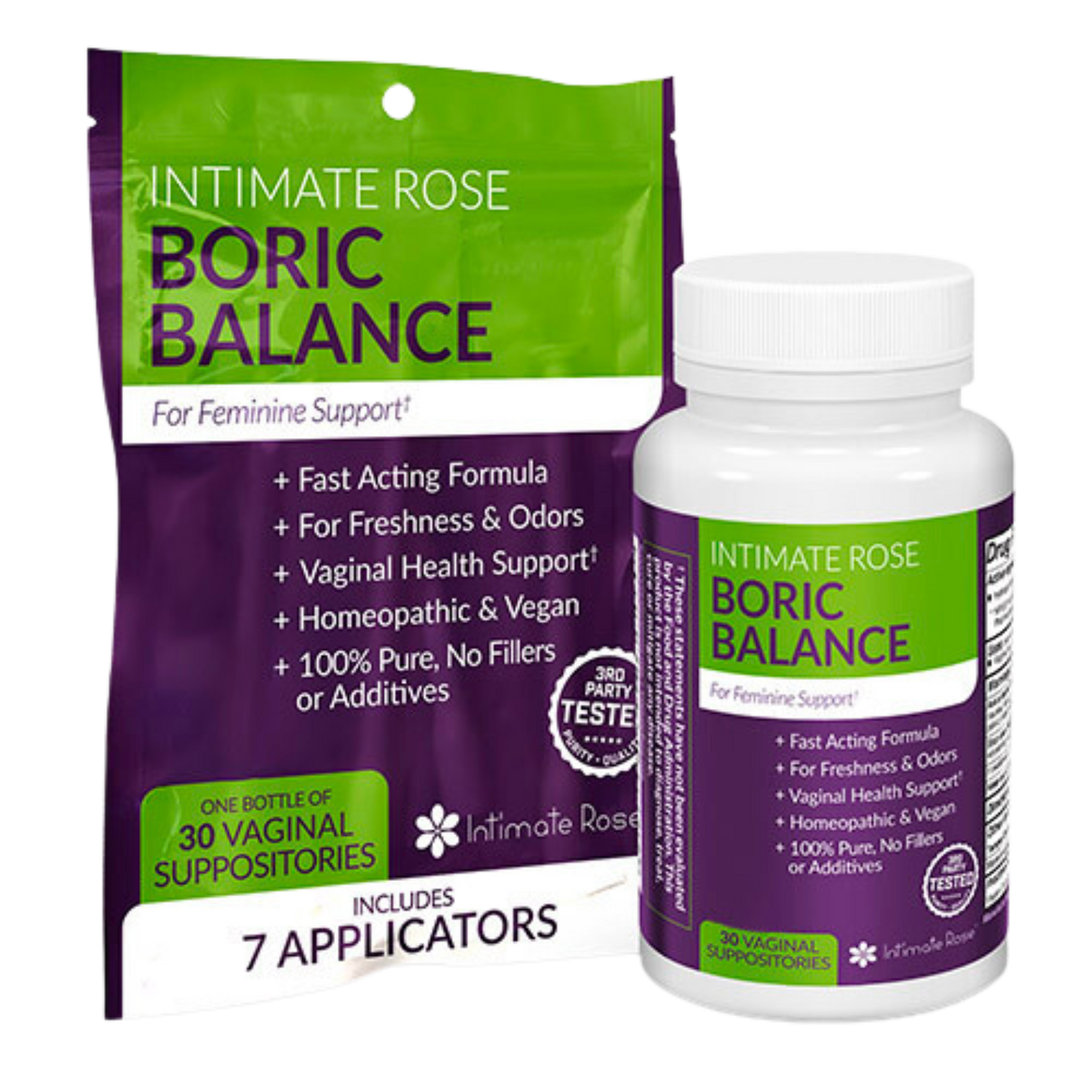
How to Stop Vaginal Burning
The best way to stop vaginal burning will be by first determining the underlying cause of the irritation. Potential treatments include:
- Antibiotics
- Topical cream
- Lifestyle and diet changes
- Avoiding certain hygiene practices and chemicals
We've also broken down how to get rid of the burn by their root cause below.
Reactions to Everyday Products or Clothing
If vaginal burning, itching, or irritation begins after you’ve started using a new product, stop using the product immediately. Or if you don’t know which product it is, use a process of elimination over a few days.
Additionally, switch from synthetic to cotton underwear for more comfort, and avoid wearing any pants or jeans that are too tight.
Once again, the solution here is to cease using the product you believe to be the root of the irritation. If lubricant or condoms are the sources, speak with your health practitioner about using alternative brands specially adapted for sensitive skin. And instead of douching, use warm water and a washcloth to clean your vagina.
Burning Sensation Due to Bacterial Vaginosis
Antibiotics are required to treat BV and it is important to finish the entire course to avoid recurring BV infections. Also widely recommended by women’s health experts is a natural supplement called Boric Acid.
Used in conjunction with antibiotic treatment, Boric Acid Suppositories, such as those from Intimate Rose, are designed to work quickly to help soothe irritation and rebalance the vaginal microflora when a BV infection occurs.
Current research also confirms that Boric Acid Suppositories, when taken as a regular supplement, can prevent recurring BV infections.
Burning in Vagina Caused by Yeast Infections
As well as over-the-counter anti-fungal creams and ointments, home remedies for vaginal burning due to a yeast infection include ingesting probiotics to rebalance the bacteria in the vagina.
Natural probiotics can be ingested in the form of unsweetened Greek yogurt, or as a supplement, such as the Flora Bloom Feminine Probiotic from Intimate Rose. Avoiding sugar and soaking in a warm bath with an added cup of baking soda can also provide relief.
Burn Feeling Caused by Hormonal Changes
Home remedies for itching and dry vaginas due to hormonal changes include placing an icepack (wrapped in a towel to prevent ice burn) on the vagina for 10-20 minutes at a time. Use of s suspension dropper filled with personal lubricant can be used to propel lubricant or vaginal moisturizer into the vaginal walls to prove relief.
Alternatively, schedule an appointment with your healthcare provider to learn about estrogen supplements and other hormone therapies to relieve symptoms.
Urinary Tract Infection Cause of Burn Sensation?
Schedule an appointment with your doctor immediately if you believe you may have a urinary tract infection. UTIs will not go away by themselves, and the longer they are left untreated, the more serious they become.
For extra help in preventing recurring bladder infections, women’s health experts recommend natural supplements of D-Mannose to stop bacteria from sticking to the wall of the bladder.
Freeze Dried Aloe Vera Supplements with D-Mannose & Calcium from Intimate Rose, for example, when taken in conjunction with medical treatments will help to soothe the bladder, relieve vaginal burning, and prevent urinary tract infections from recurring.
Burning as a Result of STDs
All of the above-mentioned STDs are treated with a course of antibiotics. To avoid contracting an STD, practice safe sex with new partners, or insist on you and your partners being tested before engaging in unprotected sex. If left untreated, STDs can cause permanent damage to the female reproductive system and result in long-term fertility issues.
From Lichen Sclerosis
Consult with your doctor about treatment, which normally includes a steroid cream to manage symptoms, and monitor sores for infection.
Conclusion
There are various causes of vaginal burning, most of which can be treated with improved care & hygiene, women’s natural health supplements, over-the-counter creams, or a course of antibiotics.
When vaginal burning occurs, It is always best to consult with your health care provider for the correct diagnosis and treatment options.
FAQs
Which infection causes a burning sensation?
Infections like bacterial vaginosis, yeast infections, urinary tract infections, and STIs can cause burning.
Why am I burning but no STD?
Vaginal burning without an STD may result from irritants, hormonal changes, or non-sexually transmitted infections.
Why do I feel raw and sore down there?
Feeling raw and sore may be caused by irritants, infections, hormonal changes, or friction from physical activities.
Can a burning sensation be a yeast infection?
Yes, a yeast infection often causes burning, itching, swelling, and a thick, white discharge.
What does vaginitis look like?
Vaginitis symptoms include discharge (white, gray, or yellow), itching, burning, redness, and swelling.
How do I stop the burning down there?
Avoid irritants, maintain hygiene, wear cotton underwear, and use appropriate over-the-counter treatments.
What is the best cream for vaginal burning?
The best cream depends on the cause: antifungal for yeast infections, antibacterial for bacterial infections, or estrogen creams.
Does vaginitis go away on its own?
Mild cases may resolve without treatment, but medical attention is recommended to avoid complications.
When should I worry about a burning sensation?
Seek medical advice if the burning is severe, persistent, or accompanied by unusual discharge, sores, or fever.
References
The American College of Obstetricians and Gynaecologists - Disorders of the Vulva: Common Causes of Vulvar Pain, Burning, and Itching
Center For Disease Control & Prevention – Bacterial Vaginosis - https://www.cdc.gov/std/bv/stdfact-bacterial-vaginosis.htm
Office on Women’s Health – Vaginal Yeast Infections - https://www.womenshealth.gov/a-z-topics/vaginal-yeast-infections
National Center for Biotechnology Information – Fluconazole and Boric Acid for Treatment of Vagina Candidiasis - https://pubmed.ncbi.nlm.nih.gov/26866095/
National Institue of Diabetes and Digestive and Kidney Issues – Urinary Tract Infection in Adults -
Center for Disease Control & Prevention – Trichomoniasis - https://www.cdc.gov/std/trichomonas/stdfact-trichomoniasis.htm
Center for Disease Control & Prevention – Chlamydia Treatment and Care https://www.cdc.gov/std/chlamydia/treatment.htm
Center for Disease Control & Prevention – Gonorrhea Treatment and Care https://www.cdc.gov/std/gonorrhea/treatment.htm
Lichen Sclerosus – Overview - https://www.mayoclinic.org/diseases-conditions/lichen-sclerosus/symptoms-causes/syc-20374448

Things Off Down There?





